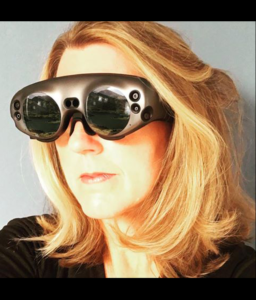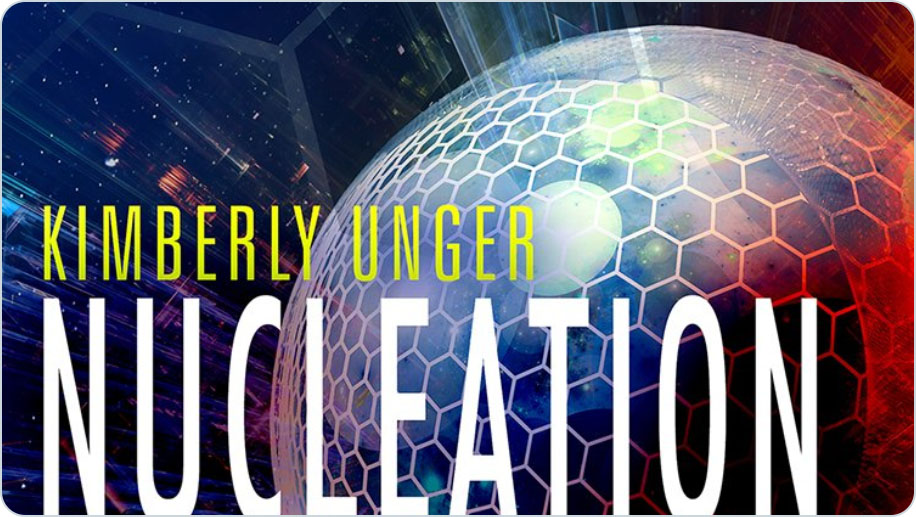The advent of social media changed everything for the freelance creator. Suddenly there was a whole new way to be seen. You could show off your art, your writing, your code, your cooking, to thousands of new faces who were all hungry for something just a little bit different. If you didn’t have the scratch to travel to tradeshows or major entertainment watering holes, you could still meet people, you could still establish connections that would allow you to bring in new work without that massive cost outlay. Your career could, in a word, become viable. AND as a bonus, it was something you could control.

You didn’t have to rely on a big-name artist or producer noticing your work. (The famous scene in Bill & Ted’s Excellent Adventure about getting Eddie Van Halen in their corner comes to mind). You didn’t have to consider shoving your script under the bathroom stall door or arranging for your art to get hung on the walls of Superstar #5’s hotel suite or any of the other really off-the-wall ways in which creators have tried to be seen.
As online media took off like a rocket, social media gave you this tool to add to your pitch. An audience. Having 25k+ pairs of eyeballs on Twitter, or MySpace or Facebook or *any* social media platform became part of your “secret sauceâ€. As a creator, in particular as a freelance/contract creator, it gave you an edge over other creators of equal talent. Skill + Eyeballs became the new equation when trying to land a gig. And it worked okay for a while. Authors/Artists/Designers could all bring parts of their audience with them, boost sales for whatever new project they were working on and everyone got paid a little closer to what they were worth.
But now the worm has turned. Big Brands want those new fans, they regard getting access to those fans part why they hired creative A over creative B. They reap the benefits, they get all those lovely new eyeballs, but when a freelance/contract creator comes under attack, they walk away. They throw up their hands and say “Well, clearly they’re *your* fans. You handle the hate, you handle talking to the cops about doxxing and changing your phone number, that’s all on you. It’s against our policy to make a statement of support for non-employees.†And at the end of the day, if the vitriol outpaces the support, they wash their hands of the whole thing and go find a shiny new creator to work with. “Sorry, man, you’re just too toxic. You’re baiting a bad element.â€
The creators are being thrown under the bus as a front-line defense against angry fans and bad publicity.
Which means that having a social media presence, having a fan following is now becoming a liability for any given creator, rather than an asset. Creators are being encouraged to keep their heads down, to avoid feeding the trolls, to no do or say anything that might upset the brand they’ve been hired to enrich. They are being asked to be good little girls and boys and take the hits and bags of sh*t and Your Tube rants and swatting with a smile because nobody wants them to hurt the Brand.
But, look, if the Brand is going to ask for that. If they are going to ask you to just let the sh*tstorm roll over you in service of their content, then they need to pay up for that service. Just like a Brand has to pay extra for exclusivity, for you to create content just for them alone, or not allow your personal marketing to cross the streams, they need to start ponying up for hazard pay, especially if the toxic elements of their fans are an established quantity.
Anybody who dips a toe into creating for some of these established Brands becomes a target. It doesn’t even matter if they create something the fans don’t like, the harassment systems in place, trolls and bot-farms and protest groups, now kick in the moment you announce you’re working for Brand A or Brand B. You put your feet in the water and the sharks start to let you know they’re watching, that you better not f*ck up their childhood because WATCH OUT.
But, like so many new things, the solutions are still to be hammered out. Creatives (myself included) are notorious for following our passion, for jumping at a chance to create for something we love. And there are a lot of us out there. On any given project you might have twenty equally-talented creatives waiting in the wings and the only way you get that contract is if you don’t ask for that support, if you agree to keep quiet, to take those hits for the Team without complaint.
We all need to work together to fix this, and it won’t come quickly. It might even take a couple of years for creative support to come together under contract. But the more creatives who insist on it, the more commonplace it will become until, eventually it will just become boilerplate and included in every contract.




